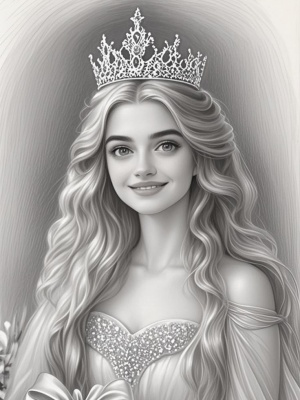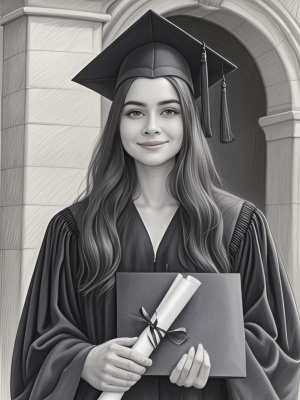The Ultimate Guide to Finding the Best Pencil for Shading
Introduction
Shading is a fundamental technique in drawing that brings depth, dimension, and realism to artwork. Choosing the best pencil for shading can make a significant difference in the quality of your drawings. Whether you're a beginner or a professional artist, understanding the nuances of shading pencils will help you achieve the desired effects. In this comprehensive guide, we'll explore the key factors to consider when selecting the perfect shading pencil, along with recommendations and expert tips.
Key Factors to Consider When Choosing a Shading Pencil
1. Graphite Grading System
The graphite grading system is essential for understanding the hardness and darkness of pencils. Pencils are categorized into H (hard), B (black), and F (fine) grades. For shading, B-grade pencils are ideal because they produce darker and softer lines. The higher the number before the B (e.g., 6B), the softer and darker the pencil.
2. Lead Softness and Darkness
Soft leads (e.g., 4B to 8B) are perfect for shading as they glide smoothly on paper and create rich, dark tones. Harder leads (e.g., 2H to 4H) are better for fine details and light shading. A combination of both can help achieve a full range of tones in your artwork.
3. Paper Texture
The texture of your paper plays a crucial role in shading. Rough paper holds more graphite, making it ideal for deep shading, while smooth paper is better for fine details. Experiment with different paper types to find the best match for your shading technique.
Top Pencil Brands for Shading
1. Staedtler Mars Lumograph
Staedtler Mars Lumograph pencils are renowned for their consistent quality and smooth application. They offer a wide range of grades, making them a favorite among artists for shading. The pencils are break-resistant and provide excellent control.
2. Faber-Castell 9000
Faber-Castell 9000 pencils are known for their high-quality graphite and ergonomic design. They are perfect for shading due to their smooth texture and ability to blend effortlessly. These pencils are also environmentally friendly, made from sustainably sourced wood.
3. Derwent Graphic
Derwent Graphic pencils are versatile and ideal for both beginners and professionals. They offer a rich, dark tone and are excellent for creating gradients and smooth shading. The pencils are also known for their durability and consistent performance.

Techniques for Effective Shading
1. Hatching and Cross-Hatching
Hatching involves drawing parallel lines to create shading, while cross-hatching uses intersecting lines. These techniques are great for adding texture and depth to your drawings. The best pencil for shading in this technique is one with a fine point, such as a 2B or 4B.
2. Blending
Blending involves smoothing out graphite to create gradual transitions between light and dark areas. Soft pencils like 6B or 8B are ideal for blending, and tools like blending stumps or tortillons can help achieve a seamless effect.
3. Stippling
Stippling uses dots to create shading and texture. While any pencil can be used for stippling, a harder lead (e.g., HB or 2H) is often preferred for precise dot placement.
Conclusion
Finding the best pencil for shading depends on your specific needs and preferences. By considering factors like graphite grade, lead softness, and paper texture, you can select the perfect pencil to enhance your artwork. Brands like Staedtler, Faber-Castell, and Derwent offer excellent options for shading. Experiment with different techniques and tools to discover what works best for you. For more art-related tips, check out our AI Painting Guide and AI Art Guide.
Remember, the best pencil for shading is the one that helps you achieve your artistic vision. Happy drawing!
